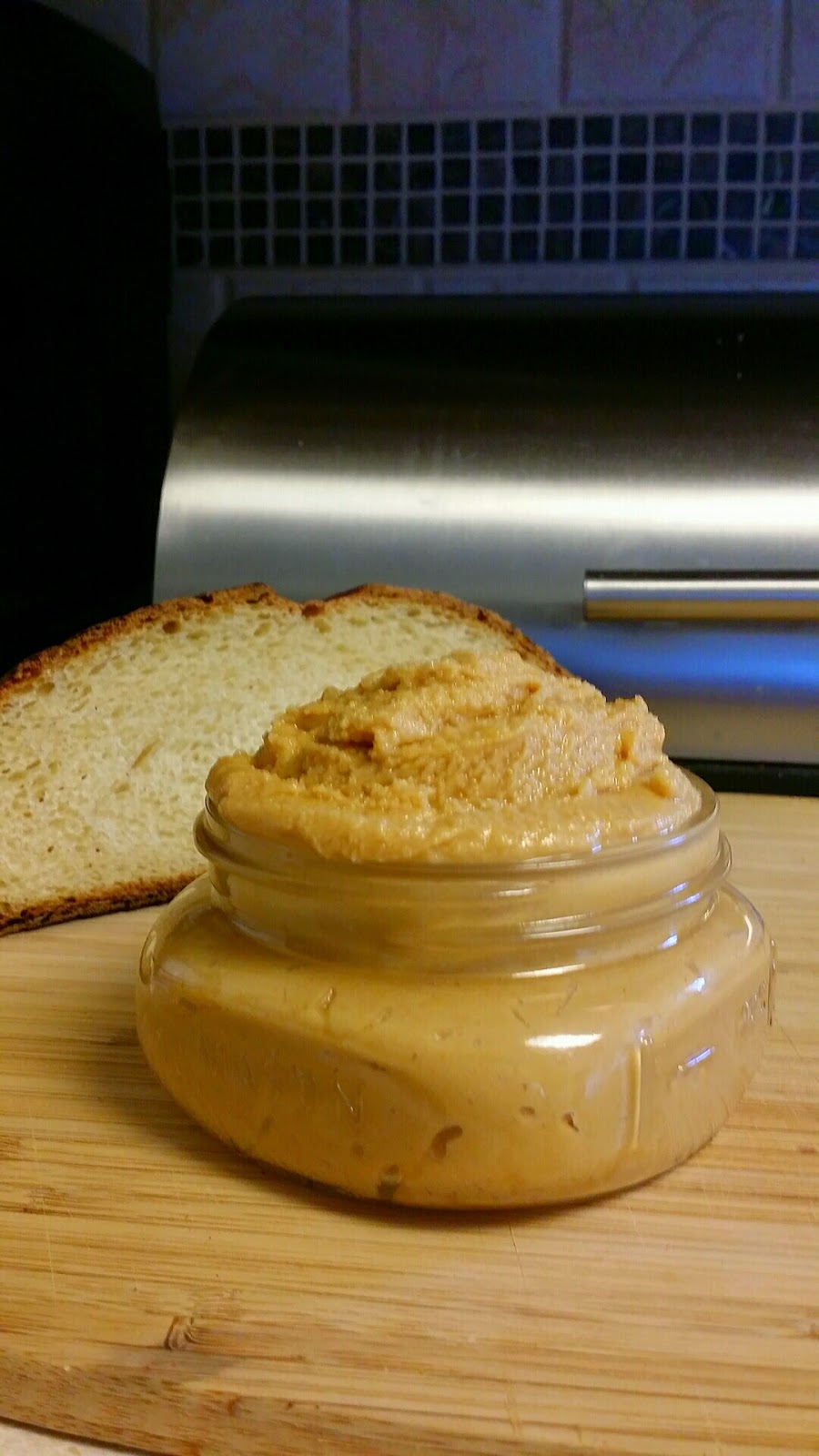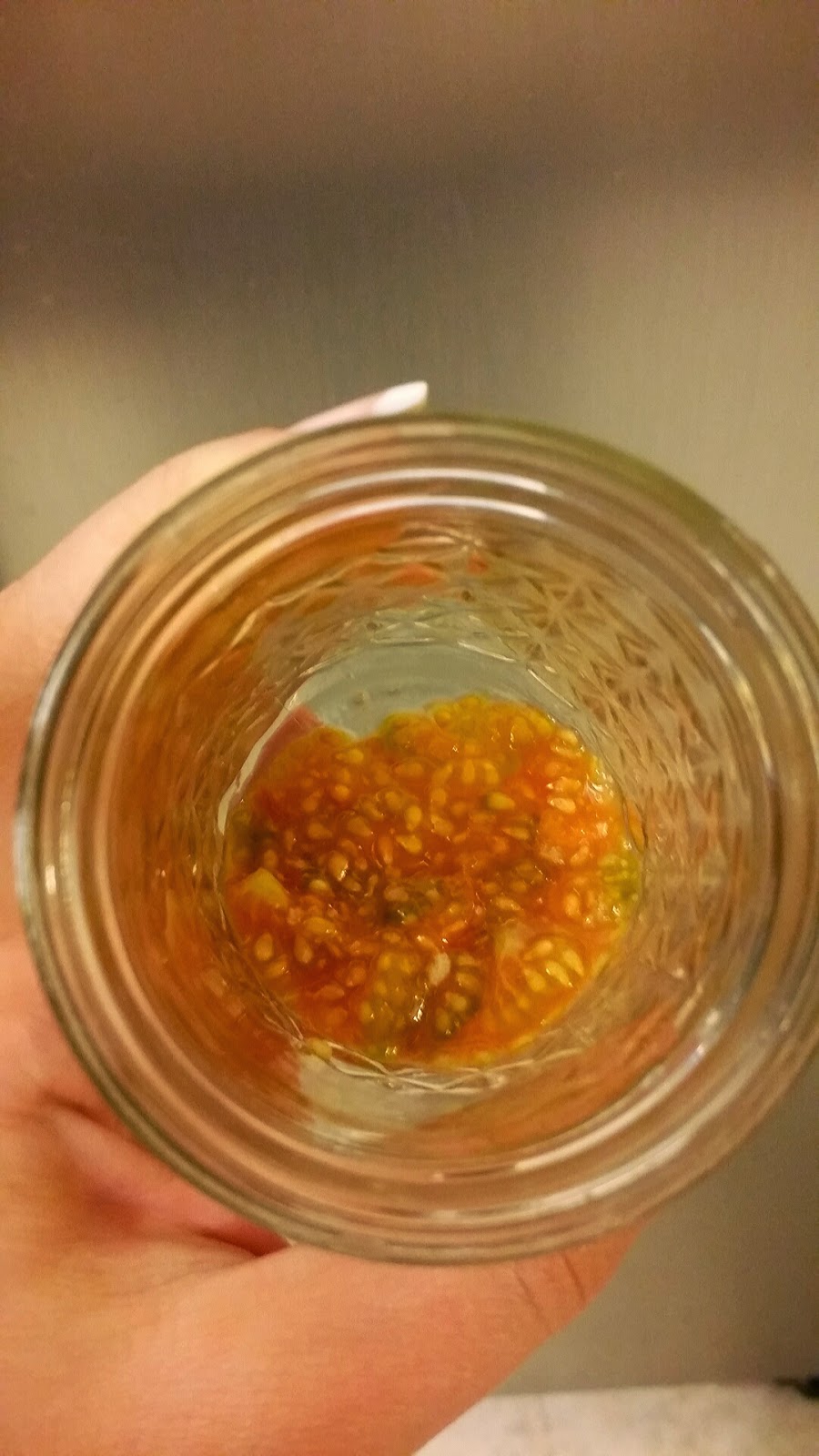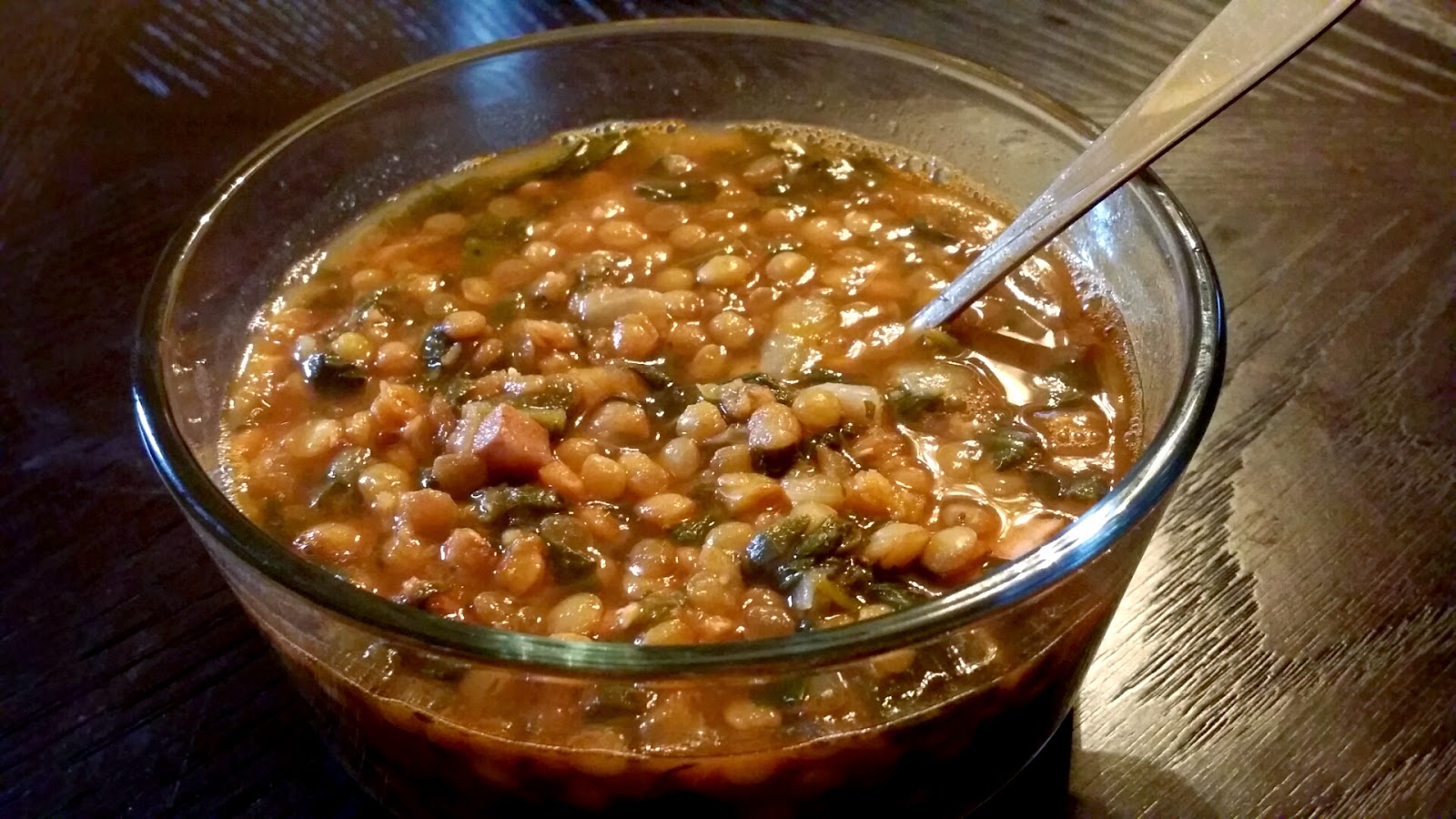I recently posted a picture on our Facebook page of a large pot of bone broth and received lots of questions. Here are a few answers.
Bone broth is a nutrient, mineral and collagen rich broth that has a long list of health and beauty benefits. To name a few – it aids in joint health, digestion, building the immune system and is great for hair, skin and nails. A cup a day in cooking or just to sip warm out of a mug is recommended.
 |
| Bone broth with rosemary and pink salt |
Here is how I make mine. (Note: you can use any kind of roasted bones for this broth. I’ve tried it with beef, lamb and turkey as well)
Ingredients:
- Roasted chicken (bones must be roasted for optimum benefits and taste)
- Apple cider vinegar
- Veggies (I use onions, carrots, celery, and garlic)
- Bay leaves
- Pepper corns
- Salt
- Chicken feet (cleaned, skinned and declawed, this is optional but they significantly increase the collagen)
Instructions:
- Roast a chicken for 75min at 350°F with salt/ pepper and whatever else we want to spice it with for dinner (last night I used it for onion chicken).
- Pull off all the meat for dinner and put the bones in a large pot. Cover with cold water and 2 Tbls of apple cider vinegar and let it sit for 20 min.
- While waiting prepare the veggies (I use onions, carrots, celery, and garlic).
- Add veggies and throw in some bay leaves, pepper corns and salt.
- If you also have the cleaned chicken feet throw them in there too (I know it sounds weird but the collagen boost is worth it!!).
- Fill the pot with cool water and simmer on low for 12-24 hrs. *Update* I now only use the crackpot for this recipe as it produces a richer more flavorful broth. I start it on high for 6 hours and then let it run overnight on low for at least another 10hrs.
 |
| Large pot of bone broth that has been simmering for 16hrs |
After the broth is done cooking let cool and strain. You can freeze, can and refrigerate this broth. Consume one cup a day in cooking or just sip warm out of a mug. Flavor with herbs, spices and salt/pepper when sipping it or using it in cooking.
Cheers to yummy health!





















